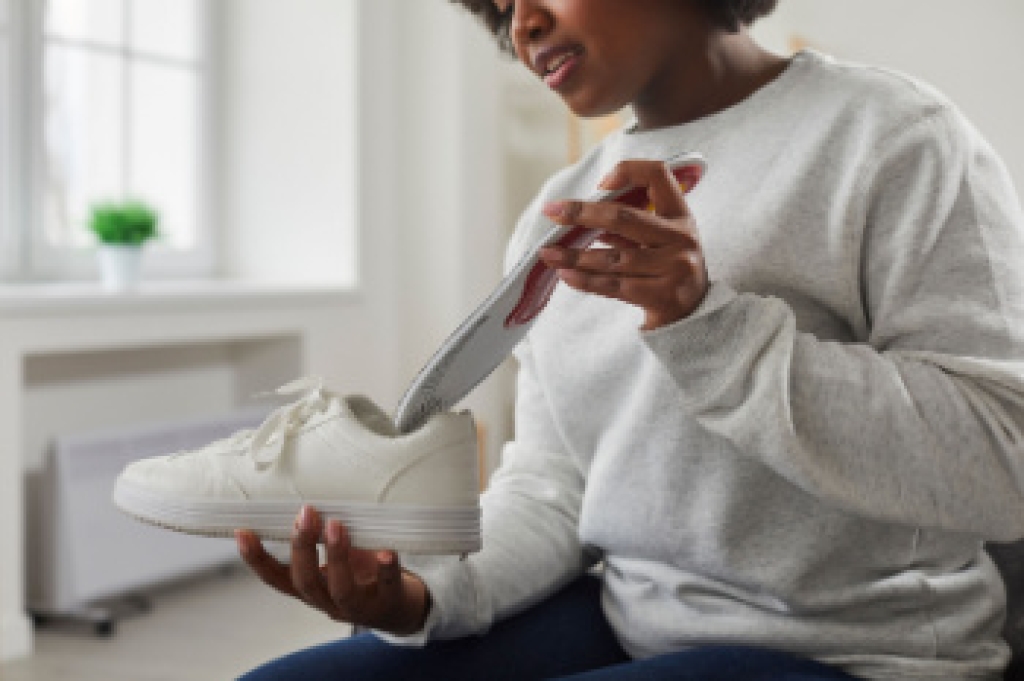
A podiatrist is a medical professional who specializes in diagnosing, treating, and preventing conditions of the feet, ankles, and lower legs. They manage a wide range of foot problems, including bunions, heel pain, arthritis, infections, and injuries. Podiatrists also develop individualized treatment plans that may include medication, lifestyle modifications, or surgical procedures, when necessary. They are skilled in diagnosing complex foot and ankle conditions and can prescribe custom orthotics to support proper alignment and relieve discomfort. By addressing foot health proactively, a podiatrist helps patients maintain mobility, prevent complications, and improve quality of life. If you are experiencing foot or ankle issues, it is suggested that you promptly seek podiatric care for expert evaluation and treatment.
If you are dealing with pain in your feet and ankles, you may want to seek help from a podiatrist. Feel free to contact one of our podiatrists from Biebel & DeCotiis Podiatry Associates. Our doctors can provide the care you need to keep you pain-free and on your feet.
What Is a Podiatrist?
A podiatrist is a doctor of podiatric medicine who diagnoses and treats conditions of the foot, ankle, and related structures of the leg. Your podiatrist may specialize in a certain field such as sports medicine, wound care, pediatrics, and diabetic care. Podiatrists have the ability to become board certified through training, clinical experience, and then taking an exam.
What Do Podiatrists Do?
On a daily basis, a podiatrist may perform the following activities:
- Diagnose foot ailments such as ulcers, tumors, fractures, etc.
- Use innovative methods to treat conditions
- Use corrective orthotics, casts, and strappings to correct deformities
- Correct walking patterns and balance
- Provide individual consultations to patients
It is very important that you take care of your feet. It’s easy to take having healthy feet for granted, however foot problems tend to be among the most common health conditions. Podiatrists can help diagnose and treat a variety of feet related conditions, so it is crucial that you visit one if you need assistance.
If you have any questions, please feel free to contact one of our offices located in Holmdel and Middletown, NJ . We offer the newest diagnostic and treatment technologies for all your foot care needs.




